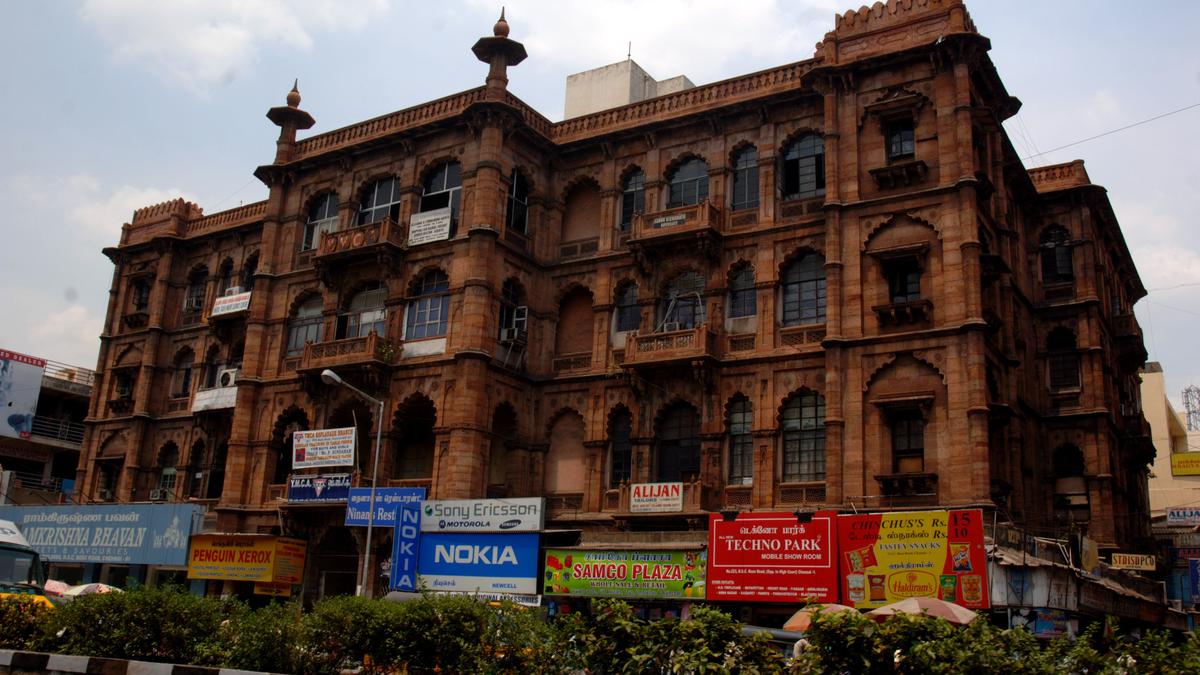
Chennai-Chicago Connect: Wanamaker’s donation made YMCA building possible
The Hindu
Discover the fascinating history behind John Wanamaker's contribution to the iconic YMCA building in Madras, India.
Going walkabout in windswept Chicago last week, I paused for a while to admire the Merchandise Mart building, a classic in Art Deco. And turning around, I saw a series of obelisks, each topped with a bust, commemorating pioneers in trade. The names did not strike a chord until I came to John Wanamaker.
Those interested in Madras history will know that it was his donation of $30,000 (and not 40,000 as is often recorded) which made the beautiful YMCA building on NSC Bose Road possible.
Wanamaker was serving as the U.S. Postmaster General when he made that contribution, he having accepted that position during the presidency of Benjamin Harrison (1889-1893). But his association with the YMCA stretched back to his youth. Wikipedia informs that he, born in 1838, joined the YMCA at the age of 19, and became its first Corresponding Secretary. And he remained committed to the cause throughout his life.
Outside of this, Wanamaker made his fortune in a chain of departmental stores in the Philadelphia area and there exists a building in that city commemorating him. His tenure as PMG evidently was not without controversy. He died in 1922.
That Chicago-Chennai connect, other than Swami Vivekananda and his address at the Parliament of Religions in 1893, brought to mind some further bits and pieces I had stored away regarding the YMCA building’s construction. In its time, it received considerable attention in the world press. It was one of six YMCA structures made possible by Wanamaker’s munificence, the others being at Calcutta/Kolkata, Kyoto, Seoul, Peking/Beijing, and Moscow. He was induced to donate to the Madras building by the Rev. George Benton Smith, who during his 12 years in India had done much to strengthen the movement here.
The site for the building was made possible by donations received essentially from the U.K. and some from the U.S., with the Madras secretaries, David McConnaughy and Raymond J. Davis, doing much to generate local contributions. The Madras Government extended its support as well. The land, however, had “two tin bazaars on the site whose owners held out for an exorbitant price”. It is reported that faced with this, “the workers gave themselves over to prayer, and within a few weeks came the answer in the shape of a cyclone which knocked down the bazaars, and likewise the price”.
It is recorded that the cost of the foundations was borne by “the young men of Madras”, though regretfully their individual names are not to be found. And then came Wanamaker’s whopping donation which made the superstructure possible. When completed, it was described as the chief “among the fifteen Association-owned buildings” in India.











